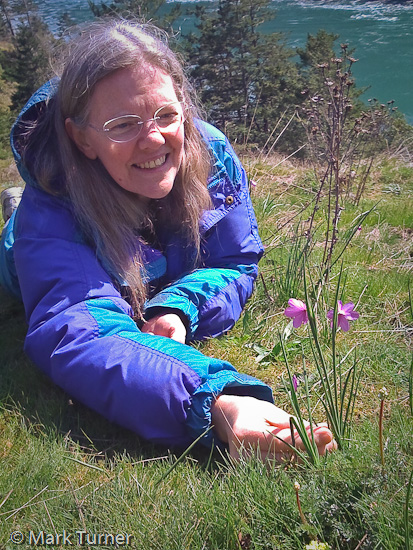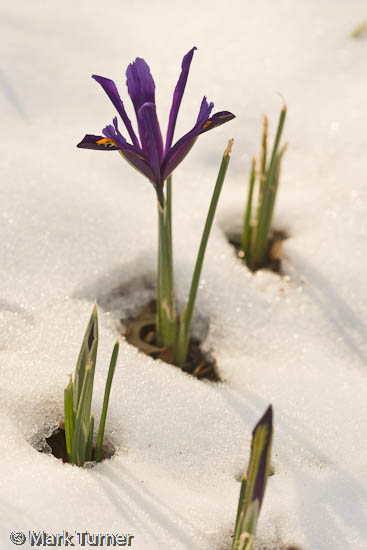Cover Appeal
It’s always nice to have my work featured on a magazine cover. Here’s the April issue of This Old House.

A similar image runs full page inside as the lead photo for the story about patio pavers. Both were made on an early May visit to this delightful Coeur d’Alene, Idaho garden. I’ve made two additional visits, one in July and another in January when several inches of snow covered everything.
The home and garden are on a small lot on the old fort grounds not far from the shore of Lake Coeur d’Alene. Being close to the lake, Patti enjoys a slightly warmer microclimate than gardeners just a few miles away. She’s stuffed her garden (without feeling crowded) with a great plant palette, complemented with appropriate hardscaping.
Large deciduous trees provide ample shade from the summer sun, and made the garden a joy to photograph on this spring morning. Soft filtered light is almost always flattering to a garden. For that matter, it’s flattering to most subjects. This photo was made with all natural light. No reflectors, diffusers, nor strobes were needed. It’s a matter of looking for, and seeing the light, then taking advantage of it. I always carry light modifiers, but they often stay in my bag.




 I went to the
I went to the  Toward the end of the evening Curtis & Felicity danced to one of the tunes. No one else got up to dance, although the offer was open.
Toward the end of the evening Curtis & Felicity danced to one of the tunes. No one else got up to dance, although the offer was open. Before it melted away from the garden on Friday afternoon, the first of our little dwarf iris, Iris reticulata, opened through the snow. Today, three of them are in bloom on our sunny corner, along with a veritable purple sea of crocus.
Before it melted away from the garden on Friday afternoon, the first of our little dwarf iris, Iris reticulata, opened through the snow. Today, three of them are in bloom on our sunny corner, along with a veritable purple sea of crocus.